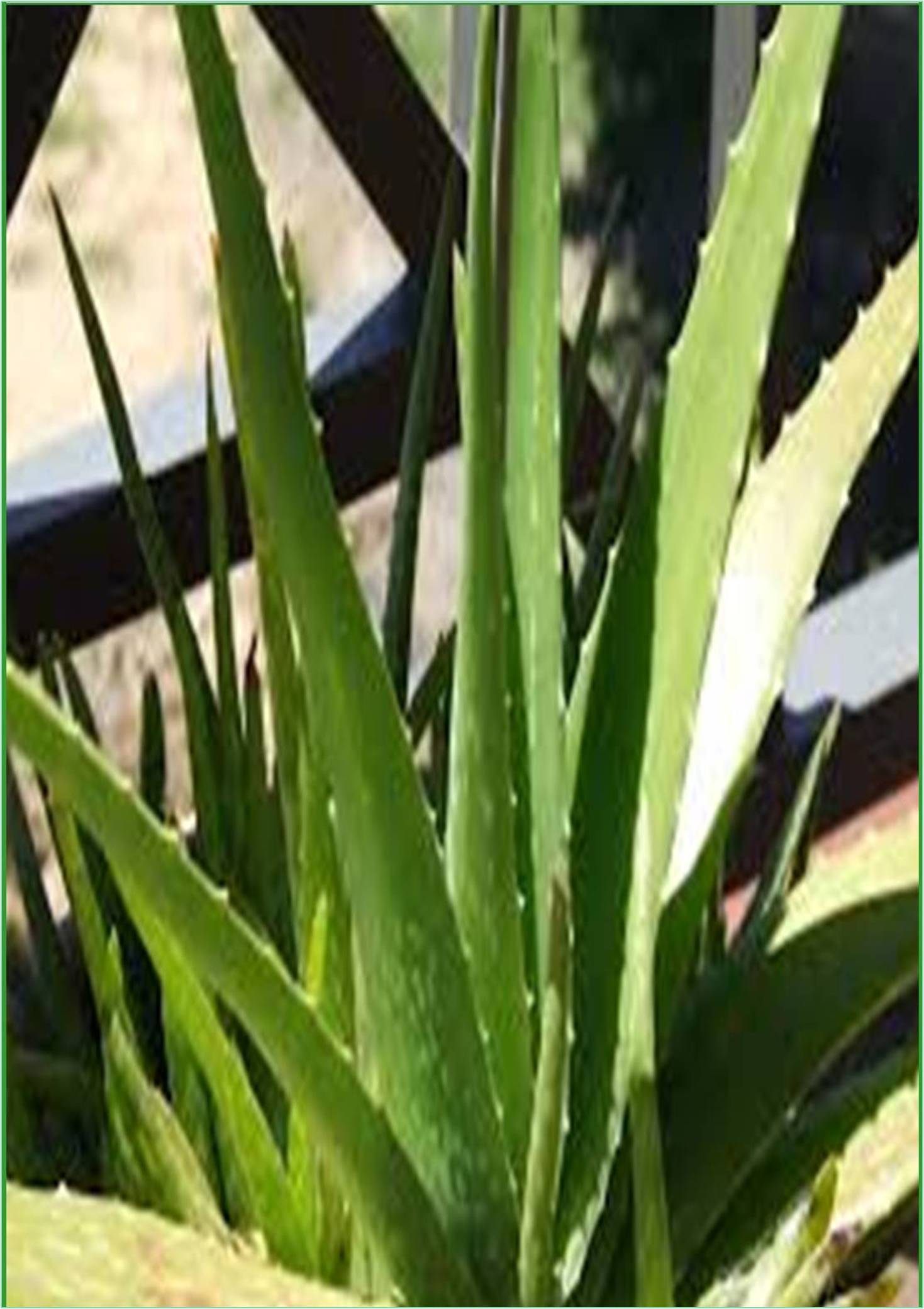



Received: 31-Jan-2022, Manuscript No. GJMPR-22-59052; Editor assigned: 02-Feb-2022, Pre QC No. GJMPR-22-59052 (PQ); Reviewed: 16-Feb-2022, QC No. GJMPR-22-59052; Revised: 21-Feb-2022, Manuscript No. GJMPR-22-59052 (R); Published: 03-Mar-2022, DOI: 10.15651/GJMPR.22.7.072
Saffron is the most costly spice in the world with 1 pound (450 grams) costing between 500 and 5,000 U.S. dollars. The reason for its heavy price is its labor rigorous harvesting method, making the production expensive.
Saffron is harvested by hand from the Crocus sativus flower, generally known as the “saffron crocus.” The term “saffron” applies to the flower’s thread-like structures, or stigma. It invented in Greece, where it was admired for its medicinal properties (Kshetrimayum, 2017). People would eat saffron to enhance libido, boost mood, and expand memory.
Some impressive health benefits of saffron are Saffron contains a variety of plant compounds that act as antioxidants-molecules that protect your cells against free radicals and oxidative stress. Prominent saffron antioxidants include kaempferol, crocin, crocetin and safranal. Crocin and crocetin are carotenoid pigments and responsible for saffron’s red color (Razavi et al., 2020). Both compounds may have antidepressant qualities, protect brain cells against progressive damage, reduce appetite, and aid weight loss. Safranal gives saffron its individual taste and aroma. Research shows that it may help to improve our mood, memory, and learning ability, as well as protect our brain cells against oxidative stress. Kaempferol is found in saffron flower petals. This compound has been linked to health benefits, such as reduced anticancer properties, inflammation and antidepressant activity (Siddique et al., 2020).
Saffron is otherwise called as “sunshine spice.” That’s not just for its distinct color, but also because it may help to brighten our mood. While these findings are capable, longer human studies with more participants are needed before saffron can be suggested as a treatment for depression.
Saffron is high in antioxidants, which help neutralize injurious free radicals. Free radical damage has been linked to long-lasting diseases, such as cancer. In test-tube studies, saffron and its compounds have been shown to selectively destroy colon cancer cells or suppress their growth, while departing normal cells unharmed. This effect also applies to skin, bone marrow, prostate, lung, breast, cervix, and several other cancer cells.
Test-tube studies have found that crocin-the chief antioxidant in saffron-may make cancer cells more subtle to chemotherapy drugs. While these results from test-tube studies are promising, the anticancer effects of saffron are rarely studied in humans, and more research is needed (Mzabri et al., 2019).
Studies show that saffron may help treat PMS symptoms. Premenstrual Syndrome (PMS) is a term that describes physical, psychological and emotionalsymptoms occurring before the start of a menstrual period. In women 20-45 years of age, taking 30 mg of saffron daily was more helpful than a placebo at treating PMS symptoms, such as irritability, pain and cravings. Another study found that simply smelling saffron for 20 minutes helped reduce PMS symptoms like and lowered levels of the stress hormone cortisol (Basker et al., 1983).
Researches have shown that saffron may have- especially in people taking antidepressants. For example, taking 30 mg of saffron regularly over four weeks significantly improved erectile function over a placebo in men with antidepressant-related erectile dysfunction. Additionally, a study of six studies showed that taking saffron significantly improved erectile function, libido, and overall satisfaction but not semen characteristics. Snacking is a common habit that may put you at risk of gaining unwanted weight. According to the research, saffron may help by curbing our appetite.
In one eight-week study, women taking saffron supplements felt considerably more full, snacked less frequently, and lost significantly more weight than women in the placebo group. In another eight-week study, taking a saffron extract supplement helped significantly reduce appetite, Body Mass Index (BMI), waist circumference, and total fat mass.
Some studies found that consuming 30 mg of saffron daily is just as effective as Fluoxetine, Imipramine, and Citalopram conventional treatments for depression. Moreover, fewer people experienced side effects from saffron related to other treatments. Both the saffron petals and thread-like stigma seem to be effective against mild-to-moderate depression.